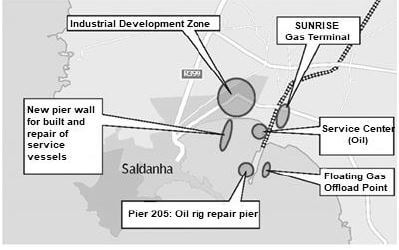Geography P1 Grade 12 Annexure - NSC Exams Past Papers and Memos September 2019 Preparatory Examinations
Share via Whatsapp Join our WhatsApp Group Join our Telegram GroupANNEXURE
FIGURE 1.1: HURRICANE FLORENCE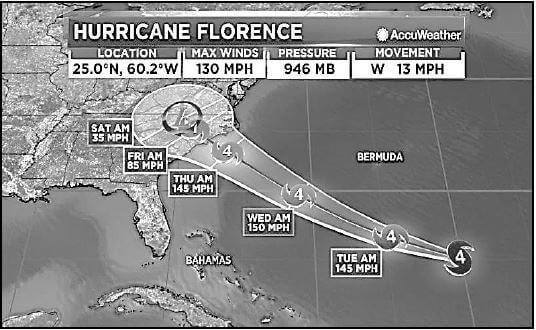
[Source: bestspecialnews.com]
FIGURE 1.2: SLIP-OFF AND UNDERCUT SLOPES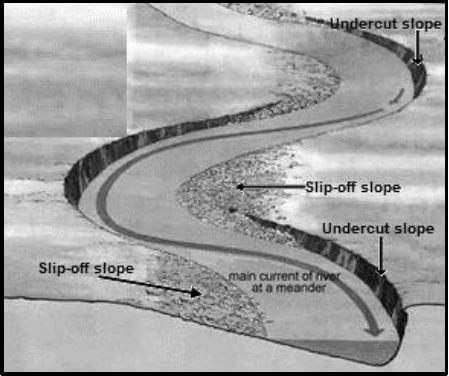
[Source: https://www.google.com/search]
FIGURE 1.3: INFLUENCE OF ANTICYCLONE 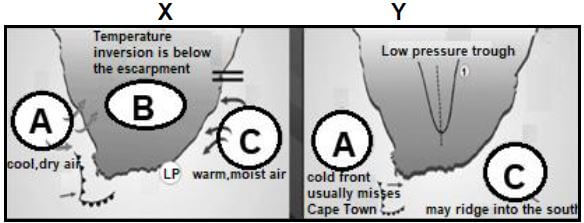
[Source: blog:netservice.com]
FIGURE 1.4: FOG IN A VALLEY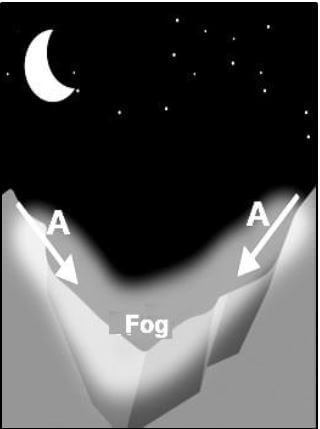
[Source: slideplayer.com]
FIGURE 1.5: DRAINAGE PATTERNS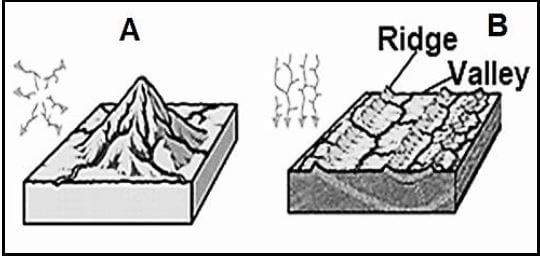
[Source: lasmania.com]
FIGURE 1.6: DRAINAGE BASIN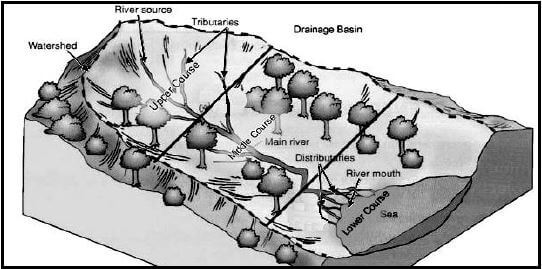
[Source: civilspro.com]
FIGURE 2.3: LIFECYCLE OF A MID-LATITUDE CYCLONE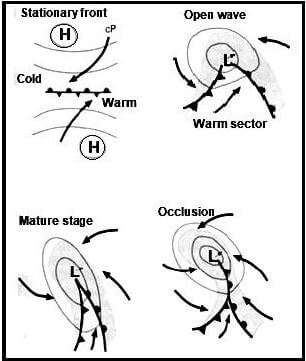
[Source: slideplayer.com]
FIGURE 2.4: URBAN HEAT ISLAND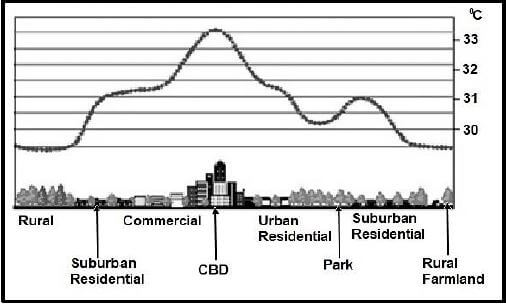
[Source: https://www.google.com/search?q=urban+heat+island&hl]
FIGURE 2.5: FLUVIAL LANDFORMS 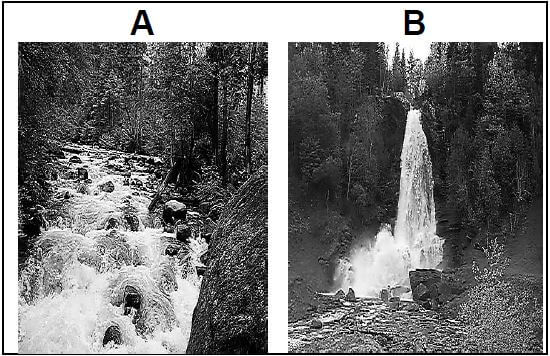
[Source: staticdiffen.com]
FIGURE 2.6: RIVER MANAGEMENT IN SOUTH AFRICA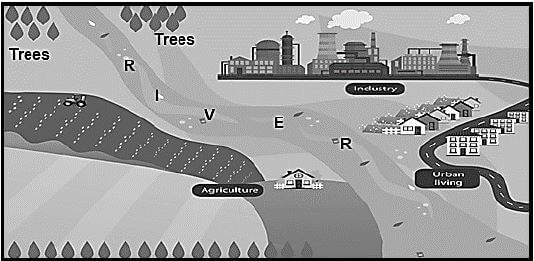
[Source: waterplc.com]
FIGURE 3.3: LAND REFORM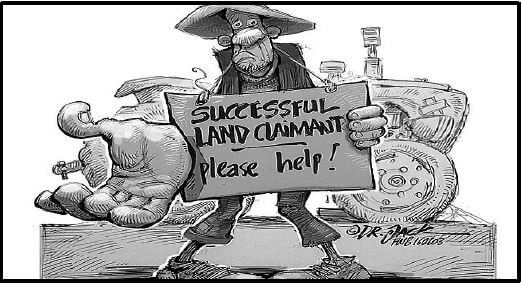
[Source: farmersweekly.co.za]
FIGURE 3.4: URBAN INJUSTICES 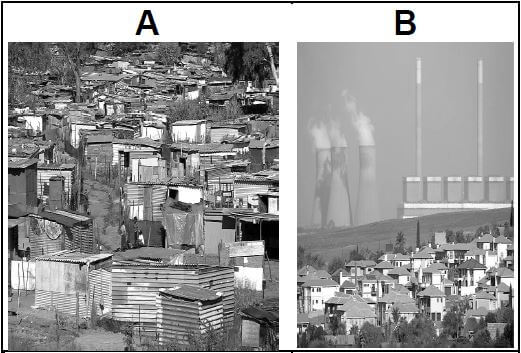
[Source: images.the conversation.com] [Source: static.independent.co.za]
FIGURE 3.5: INFORMAL SECTOR
[Source: gdrc.org] War against the poor is deepening The main reason why people become informal traders is the relentless rise of unemployment, and casualistion of labour. More and more jobs consist of casual labour, seasonal and part time work, like Uber drivers and food delivery staff who work for one company, but are told that they are self-employed contractors, with none of the rights and protection that they would get if they were defined as employees. [Adapted from article in Politics Web, 20 June 2018] |
FIGURE 3.6: SALDANHA BAY DEVELOPMENT REGION
IDZ brings economic boom to Saldanha Bay Trade and industry minister Rob Davies said a study had shown that Saldanha Bay was strategically located to serve the oil and gas sector on the African continent due to an increasing number of oil rigs requiring maintenance and passing by the West coast to the East coast of Africa. The focus on oil and gas facilities will include maintenance and repair, fabrication, supply and other services. The study, Minister Davies added, found that development in the area has the potential to create 11 975 new jobs. [Source: sassda.erg.co.za] |
FIGURE 4.1: URBAN LAND-USE ZONES
[Source: wwwgeography.co.uk]
FIGURE 4.3: RURAL-URBAN MIGRATION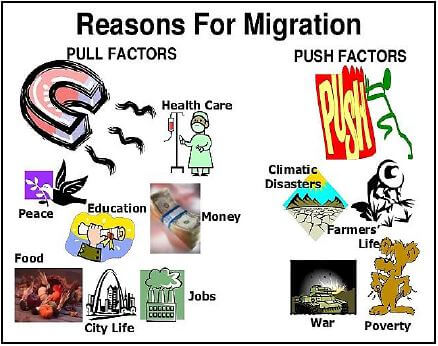
[Source: www.dumielauxepices.net]
FIGURE 4.4: URBAN SPRAWL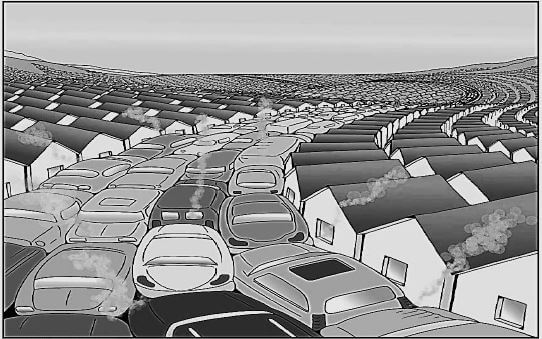
[Source: pritchettcartoons.com]
FIGURE 4.5: AGRICULTURAL FARMING SYSTEM IN SOUTH AFRICA
SOUTH AFRICA MUST REDUCE CORPORATE CAPTURE OF AGRICULTURE by David Fig Unlike most other countries on the continent, South Africa’s agricultural sector is heavily skewed to industrial farming. Its 40 000 commercial farmers produce most of the country’s food. The official number of households engaged in small-scale farming is around 1,3 million, although this could be a low estimate. [Source: www.news.uct.ac.za] |
FIGURE 4.6: PORT ELIZABETH-UITENHAGE INDUSTRIAL REGION
There are two main industries in Nelson Mandela Bay namely: 1) automotive and 2) harbour facilities. [Source: mbda.co.za] |

